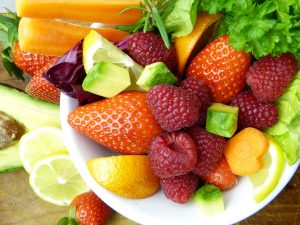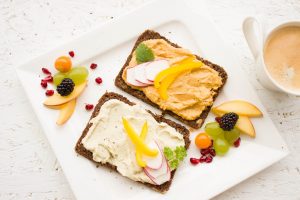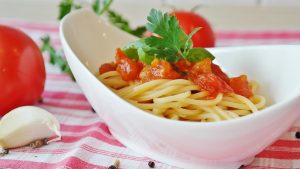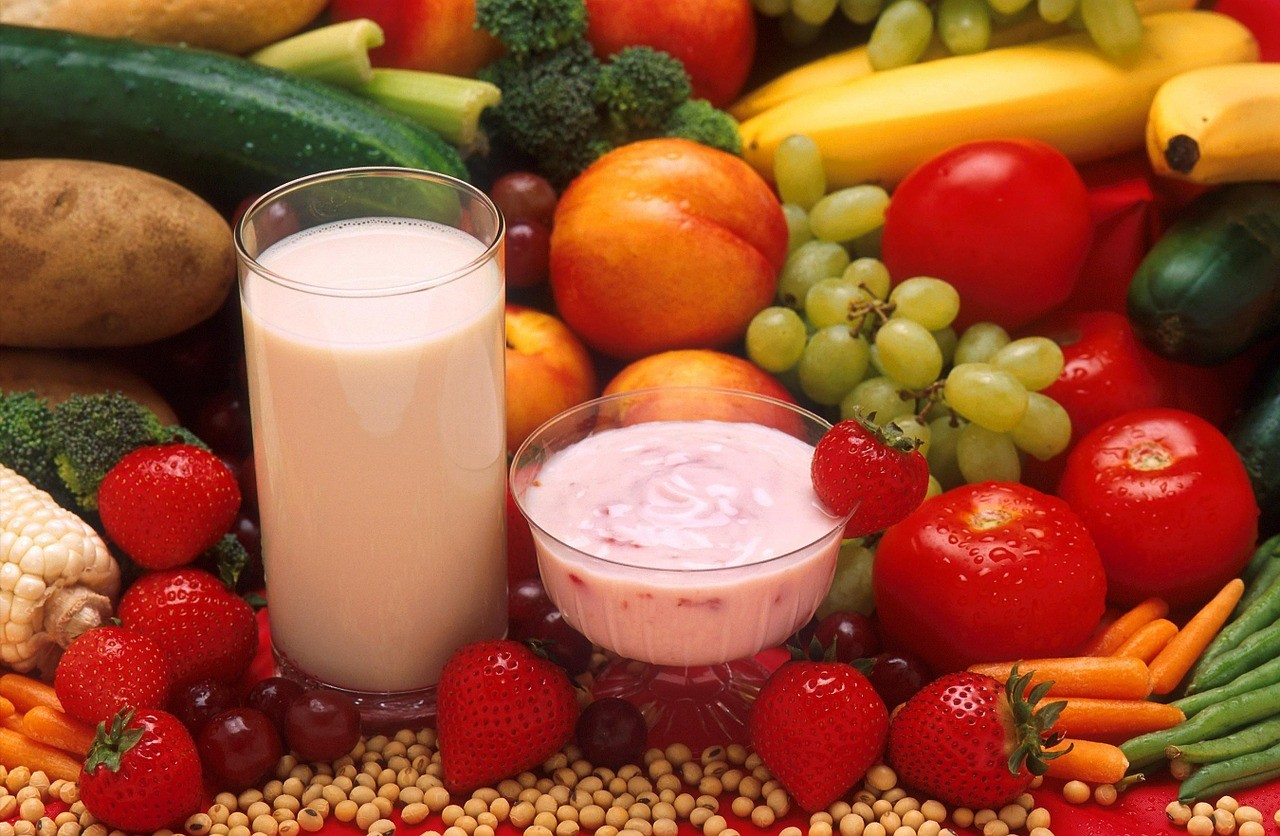If you’re a person who’s passionate about health and fitness, you ought to eat a balanced diet. The problem is, sometimes it’s hard to stick to a healthy meal plan with so many food choices out there. Nowadays, most people are eating processed food, fast food, or junk food. So the important question to ask right now is: What should you be eating to become healthy? What exactly is a balanced diet?
The Different Types of Nutrients
There are six main different types of nutrients: carbohydrates, proteins, fats, vitamins, minerals, and water. Carbohydrates, proteins, and fats are macronutrients, meaning we require them in larger amounts. They provide the body with energy, measured in calories. Vitamins and minerals are classified as micronutrients as they are only needed in small amounts. Water is also a macronutrient; we need at least eight glasses of water each day to keep us hydrated.
What Is a Balanced Diet?
A balanced diet consists of 3 main food groups. A healthy eating plate is generally composed of one-half vegetables and fruits, one-fourth proteins and fats, and one-fourth carbohydrates.
One-half Vegetables and Fruits

Vegetables and fruits have plenty of vitamins, minerals, fiber, and antioxidants. Vitamins and minerals keep our organs and metabolism running efficiently. Meanwhile, antioxidants repair cell damage caused by free radicals and environmental pollutants. Vegetables and fruits increase satiety (make you feel full), meaning they can help you maintain a healthy weight.
One-fourth Proteins and Fats

Protein-rich foods include meat, fish, poultry, eggs, grains, milk, cheese, yogurt, tofu, and nuts. These foods help maintain and build muscles and red blood cells, and also assist with hormone and enzyme production. A lot of high-protein foods also contain fats and fat-soluble vitamins. Olive oil, fish oil, avocados, and nuts are also a healthy source of fats.
We strongly recommend a vegan or vegetarian lifestyle, so it is best to reduce or eliminate any meats in your diet and focus on getting your protein from plant-based foods such as almond milk, soy milk, tofu, edamame, tempeh, seitan, lentils, quinoa, nuts, and beans. For more ideas, you might want to check out PETA’s Top 10 Vegan Protein Sources.
Fortunately, there are many healthy pre-made vegan protein foods available in your local supermarket today such as vegan cheese, vegan sausage, vegan meatballs, vegan bacon, vegan hot dogs, veggie burgers, and vegan imitation chicken and beef. Try them out – you may be surprised to find that most are very delicious!
One-fourth Carbohydrates

Carbohydrate-rich foods include rice, pasta, oats, bread, potatoes, quinoa, couscous, and cereals. These foods provide energy for the muscles and body organs. Whole grains are a healthier choice as they also contain more vitamin B and fiber, and don’t quickly convert to sugars as do processed grains. Vitamin B enables the body to utilize energy it receives from carbohydrates, while fiber is essential to a healthy digestive system. Your carbohydrate requirement depends on how active you are.
Important Things to Consider
A balanced diet doesn’t have to be split up literally on a plate (i.e., one-half, one-fourth, one-fourth). It’s just a guide to give you an idea how much of each food group makes up a balanced meal. You can eat more or less of a food group on some meals and balance it out over the day.
Foods containing fiber or protein increase satiety, keeping you feeling full for longer. This means you are less likely to eat less nutritious foods such as sweets, cakes, and chips an hour after your meal. Including fiber and protein in your daily diet promotes better eating patterns. High-fiber foods include fruits, vegetables, and whole-grain breads and cereals.
Calcium is essential for bone and muscle health. Milk, yogurt, and cheese are good sources, along with tofu and soy bean products. Meanwhile, herbs and spices are excellent additions to any dish. They contain lots of micronutrients, almost no calories, and add a flavor lift to even the most basic meals.
You can still eat cakes and other sweets and deserts if you want occasionally, in moderation of course. Just remember, the more of these foods you eat, the more likely it is that you’ll consume unnecessary calories and neglect more nutritious food.
Conclusion
A balanced diet gives the body the nutrients it needs to function properly. Various nutrients have their own unique function — energy, growth and repair, and maintaining metabolic function. Eating a balanced diet doesn’t have to be complicated. Just use this guide to put yourself on the right track to healthy eating.

